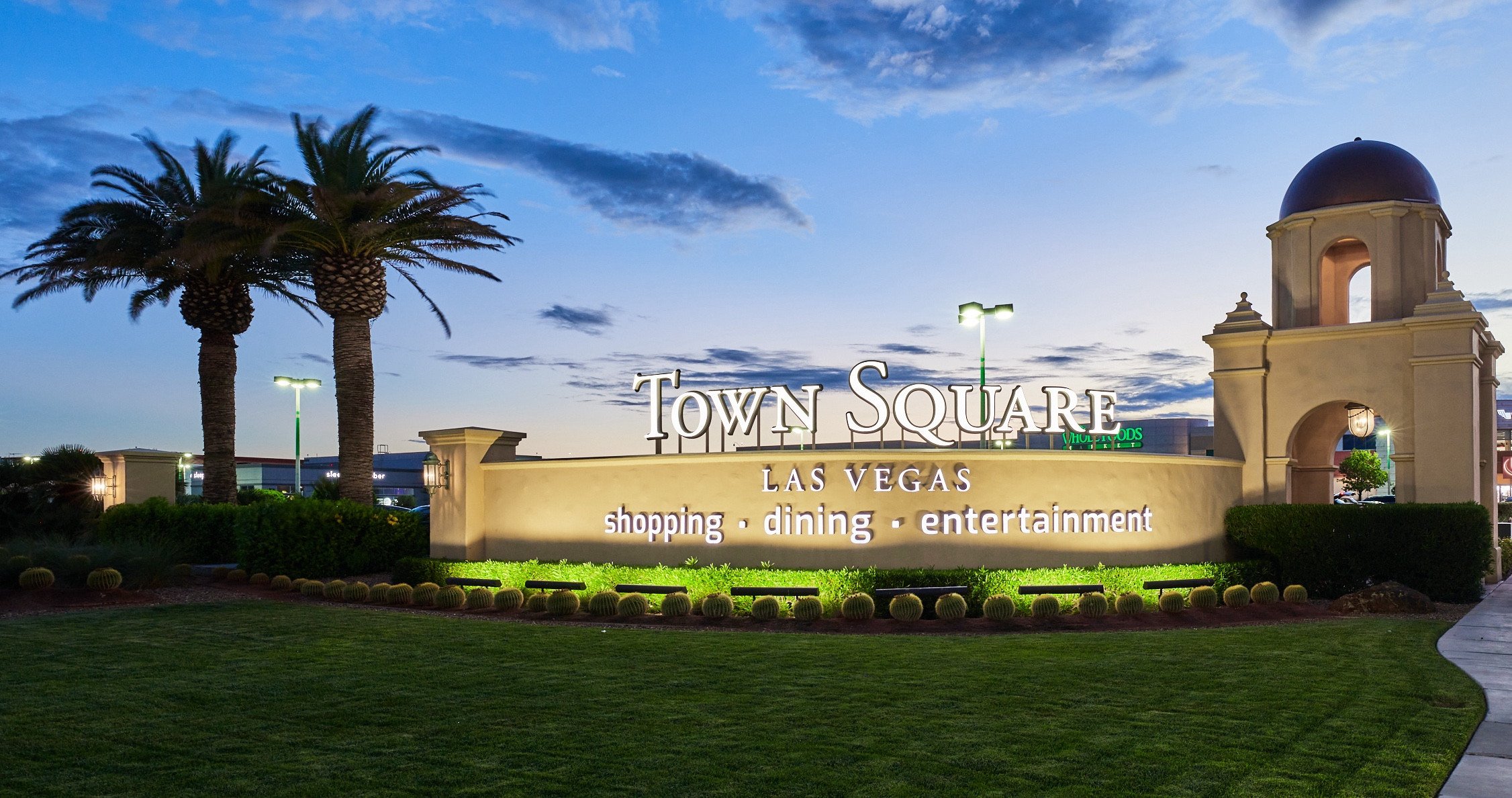Delving into Emotional Marketing: Storytelling, User Experience, Brand Loyalty Programs, and Customer Engagement Strategies
Introduction
Emotional marketing taps into the feelings and emotions of consumers to create a deep connection and foster brand loyalty. This approach can significantly influence consumer decision-making and drive engagement. By leveraging storytelling, optimizing user experience (UX), developing brand loyalty programs, and employing effective customer engagement strategies, businesses can create meaningful relationships that go beyond transactions. This guide explores how these elements can be integrated into a comprehensive emotional marketing strategy.
1. Storytelling
Storytelling in marketing involves crafting narratives that resonate with the audience, conveying the values and vision of the brand in a way that emotionally connects with consumers.
Benefits:
- Deeper Emotional Connection: Stories can evoke strong emotions, creating a lasting impression on the audience.
- Increased Brand Recall: A compelling story is memorable and can enhance brand recall.
- Differentiation: Unique brand stories can differentiate a brand from its competitors by highlighting distinct values or experiences.
Best Practices:
- Authenticity: Ensure that your stories are authentic and reflect the true values and ethos of your brand.
- Relevance: Tailor stories to meet the interests and needs of your target audience.
- Multimedia Integration: Use various media formats like videos, images, and text to make your stories more engaging and accessible across different platforms.
2. User Experience (UX)
User experience in marketing focuses on optimizing the customer’s interaction with the brand’s digital platforms to enhance satisfaction and promote positive emotions.
Benefits:
- Improved Satisfaction: A seamless, intuitive UX increases customer satisfaction and reduces frustration.
- Increased Conversions: Good UX design can lead to higher conversion rates as it makes the process easier and more enjoyable for users.
- Brand Perceptions: Positive interactions with a brand’s digital platforms can enhance overall brand perception.
Best Practices:
- User-Centric Design: Design your platforms with the user’s needs and behaviors in mind.
- Consistency: Ensure consistent design across all platforms to reinforce brand identity and improve usability.
- Feedback Loops: Regularly collect and analyze user feedback to continually refine and improve the UX.
3. Brand Loyalty Programs
Brand loyalty programs are structured marketing strategies designed to encourage customers to continue using or purchasing the products or services of a company through rewards and incentives.
Benefits:
- Enhanced Customer Retention: Loyalty programs incentivize repeat purchases, increasing customer retention.
- Data Collection: These programs provide valuable data about customer preferences and behaviors, which can be used to tailor marketing efforts.
- Emotional Bonding: Rewards make customers feel valued, enhancing emotional attachment to the brand.
Best Practices:
- Value Addition: Ensure that the loyalty program offers real value to the participants.
- Personalization: Use data from the loyalty program to personalize rewards and communications.
- Simplicity: Design the program so it is easy to understand and use.
4. Customer Engagement Strategies
Customer engagement strategies are approaches designed to interact with customers in meaningful ways to build emotional connections and foster brand loyalty.
Benefits:
- Stronger Relationships: Regular, meaningful engagement helps build stronger relationships with customers.
- Enhanced Brand Advocacy: Engaged customers are more likely to become brand advocates.
- Feedback and Improvement: Engagement provides a channel for customers to give feedback, which can be used to improve products and services.
Best Practices:
- Consistent Interaction: Keep in touch with customers regularly through various channels, such as social media, email newsletters, and customer service.
- Value-Driven Content: Provide content that adds value to the customer’s life, such as how-to guides, tips, or educational materials.
- Community Building: Create opportunities for customers to connect with each other and the brand, such as forums, clubs, or social media groups.
Conclusion
Emotional marketing is about creating experiences that resonate on a deeper emotional level with consumers. By effectively employing storytelling, focusing on excellent user experience, developing engaging brand loyalty programs, and implementing dynamic customer engagement strategies, businesses can cultivate a loyal customer base that feels deeply connected to the brand. These emotional connections are essential for building a brand that not only survives but thrives in today’s competitive marketplace.















